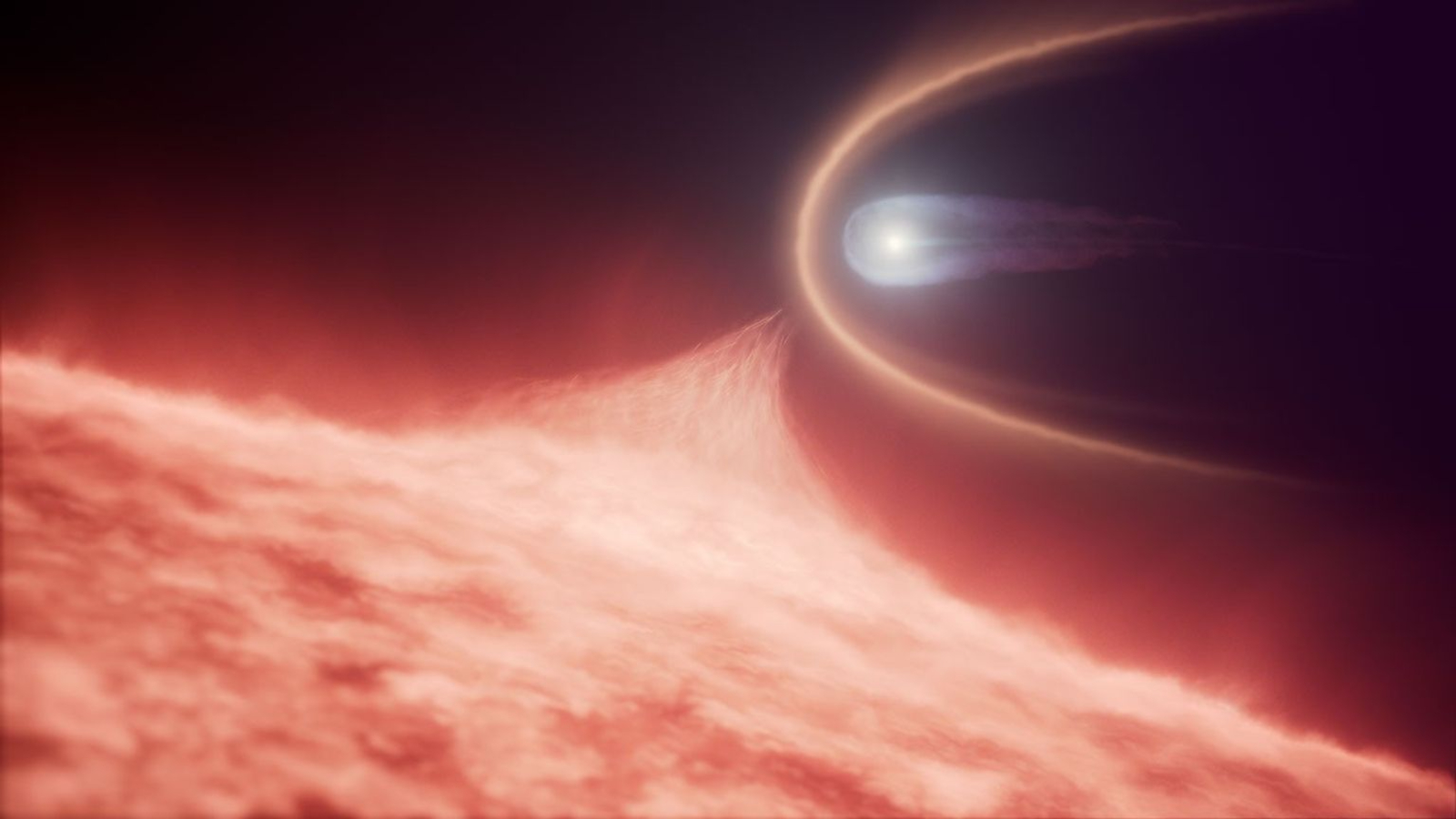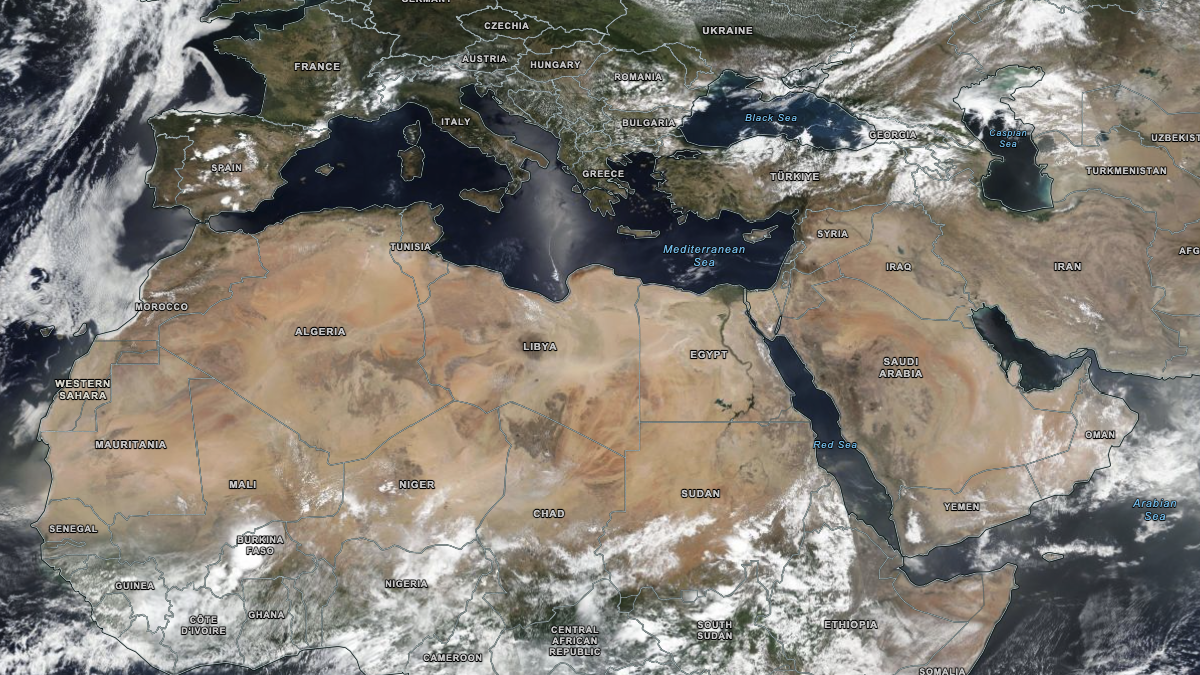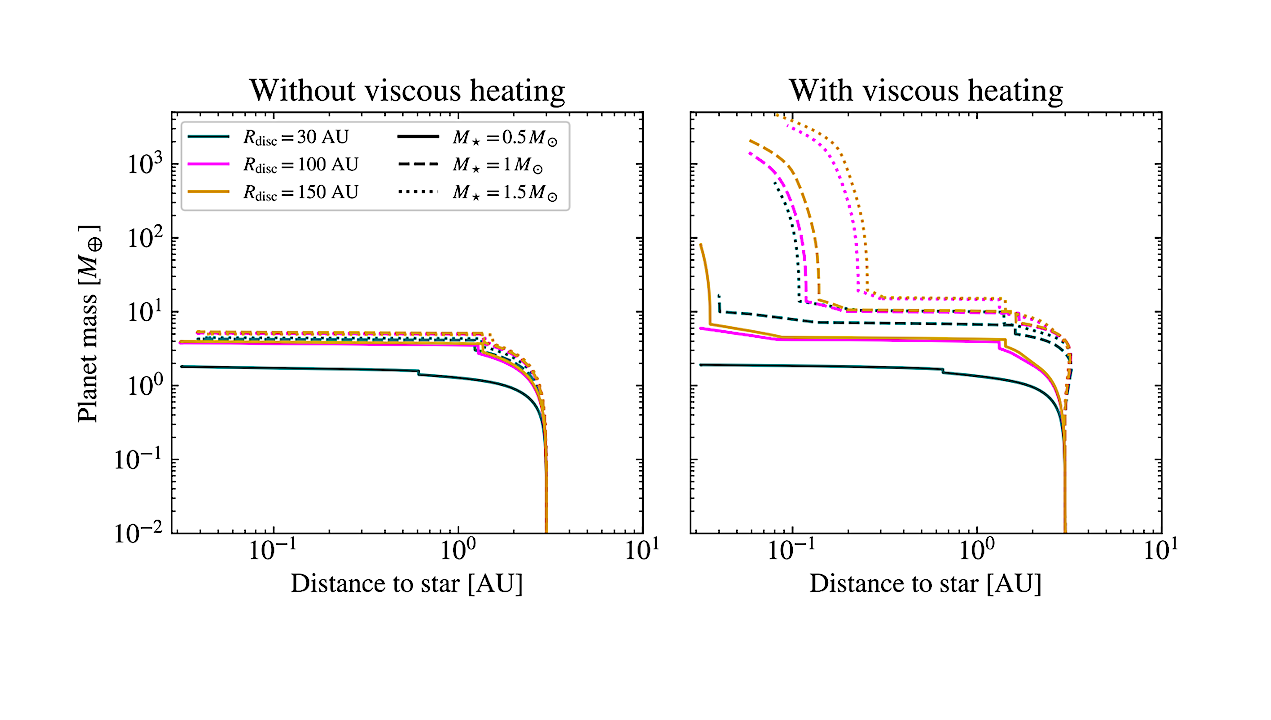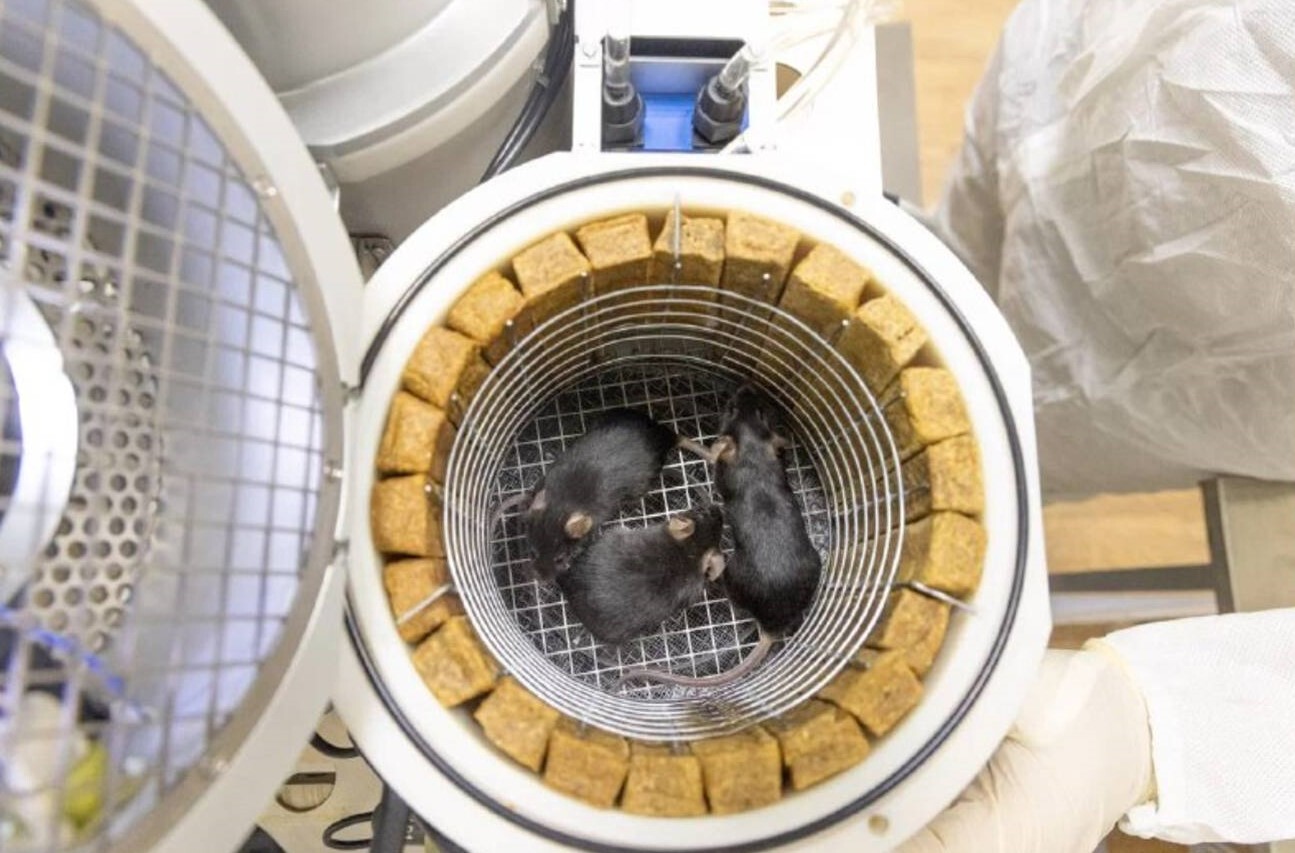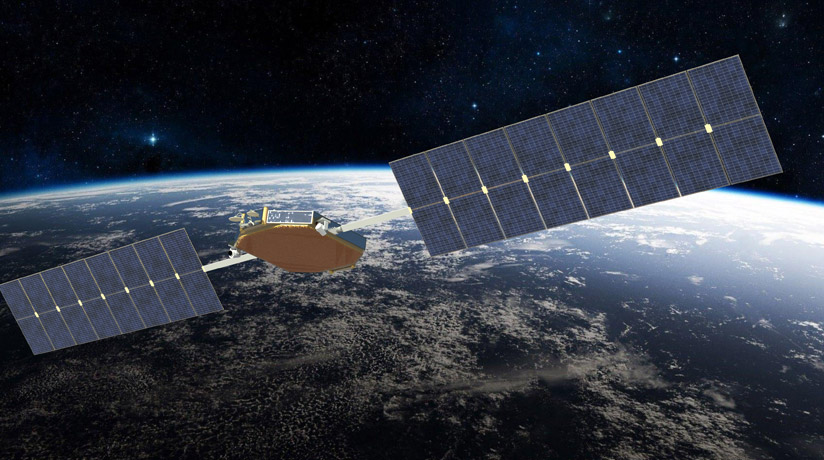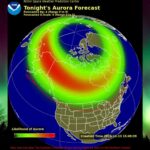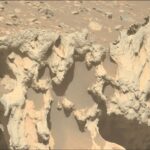Amit Kshatriya Credit: NASA Acting NASA Administrator Sean P. Duffy Wednesday named Amit Kshatriya as the new associate administrator of NASA, the agency’s top civil service role. A 20-year NASA
Hot Posts572- Page
The universe is a slow-changing place. While it’s mostly true that the heavens and the deep-sky objects in it will look largely the same across an average human lifetime, there
SALT LAKE CITY — The Office of Space Commerce is moving beyond the beta-test phase of its space traffic coordination system as it prepares to enter service in January. To
Astronomers using the Hubble Space Telescope have discovered that a seemingly ordinary white dwarf star is actually the result of a dramatic stellar merger. This result, detailed in a new
On Aug. 2, 2027, a total solar eclipse will cast its shadow from the Strait of Gibraltar through North Africa and into the heart of the Arabian Peninsula. During the
WASHINGTON — NASA has named Amit Kshatriya as its new associate administrator in a move meant to emphasize the role of exploration at the agency. NASA announced Sept. 3 that
This image, which combines infrared data from the James Webb Space Telescope with submillimetre observations from the Atacama Large Millimetre/submillimetre Array (ALMA), shows the doughnut-shaped torus and interconnected bubbles of
Growth tracks of a single planet injected at r = 3 AU and t = 104 yr. In the irradiated case (left), this results in the formation of a super-Earth
Russia just sent a mini menagerie to orbit. The Bion-M No. 2 biosatellite launched atop a Soyuz rocket from the Russia-run Baikonur Cosmodrome in Kazakhstan today (Aug. 20), rising off
WASHINGTON — EchoStar has abandoned its plans to create a direct-to-device satellite constellation in low Earth orbit, selling spectrum to SpaceX while canceling a brand-new contract with MDA Space. EchoStar
-
 012024 in Review: Highlights from NASA in Silicon Valley
012024 in Review: Highlights from NASA in Silicon Valley -
 02Panasonic Leica Summilux DG 15mm f/1.7 ASPH review
02Panasonic Leica Summilux DG 15mm f/1.7 ASPH review -
 03How New NASA, India Earth Satellite NISAR Will See Earth
03How New NASA, India Earth Satellite NISAR Will See Earth -
 04And Thus Begins A New Year For Life On Earth
04And Thus Begins A New Year For Life On Earth -
 05Astronomy Activation Ambassadors: A New Era
05Astronomy Activation Ambassadors: A New Era -
06SpaceX launch surge helps set new global launch record in 2024
-
 07Space Force plans new ‘Futures Command’ amid pressure to speed up modernization
07Space Force plans new ‘Futures Command’ amid pressure to speed up modernization




